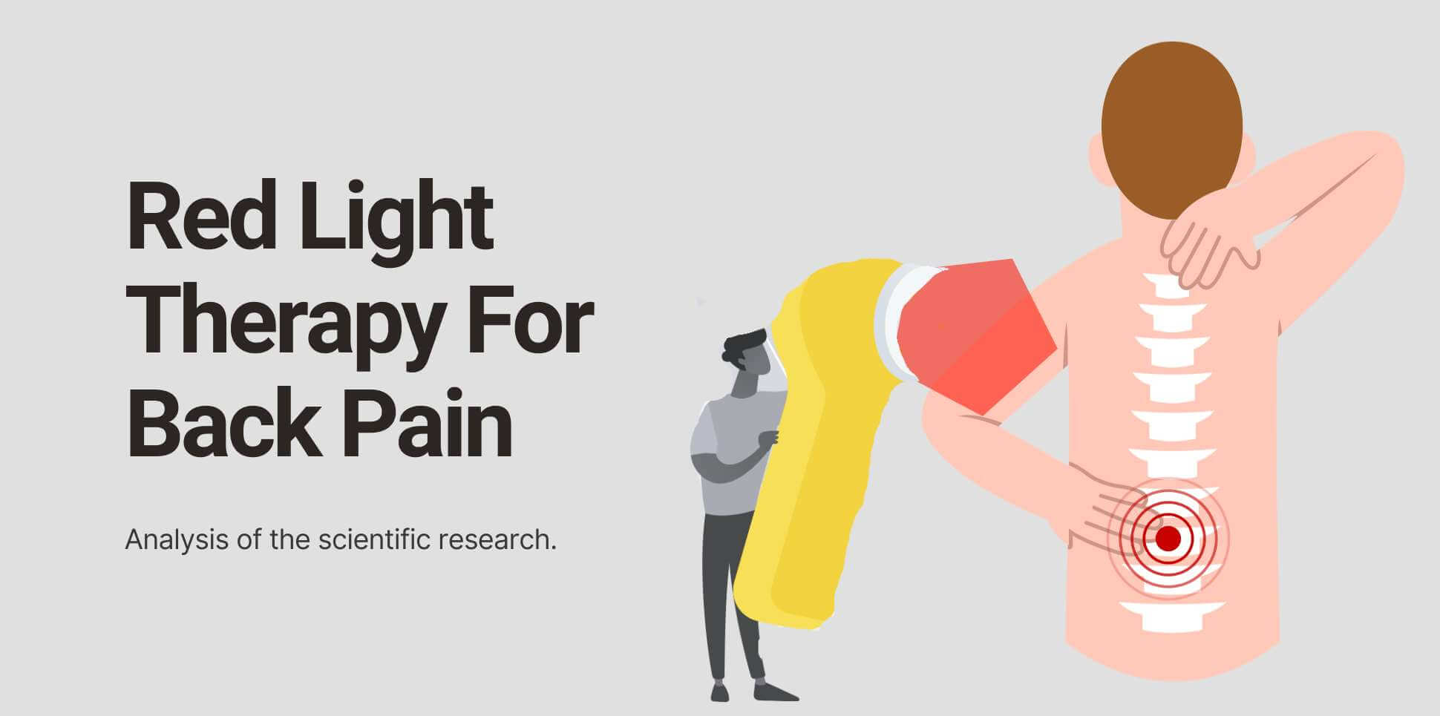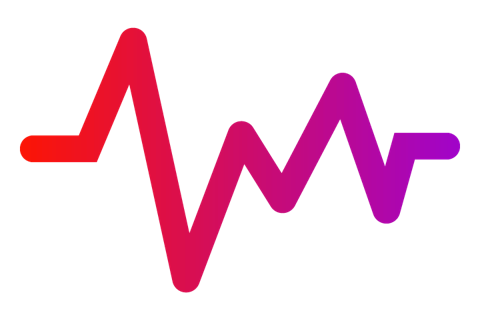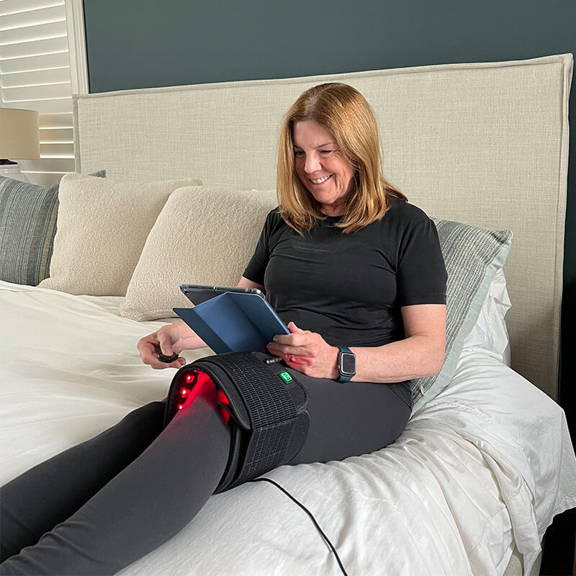[1] Qaseem A, Wilt TJ, McLean RM, Forciea MA; Clinical Guidelines Committee of the American College of Physicians; Denberg TD, Barry MJ, Boyd C, Chow RD, Fitterman N, Harris RP, Humphrey LL, Vijan S. Noninvasive Treatments for Acute, Subacute, and Chronic Low Back Pain: A Clinical Practice Guideline From the American College of Physicians. Ann Intern Med. 2017 Apr 4;166(7):514-530. doi: 10.7326/M16-2367. Epub 2017 Feb 14. PMID: 28192789.
[2] Cotler HB, Chow RT, Hamblin MR, Carroll J. The Use of Low Level Laser Therapy (LLLT) For Musculoskeletal Pain. MOJ Orthop Rheumatol. 2015;2(5):00068. doi: 10.15406/mojor.2015.02.00068. Epub 2015 Jun 9. PMID: 26858986; PMCID: PMC4743666.
[3] Dompe C, Moncrieff L, Matys J, Grzech-Leśniak K, Kocherova I, Bryja A, Bruska M, Dominiak M, Mozdziak P, Skiba THI, Shibli JA, Angelova Volponi A, Kempisty B, Dyszkiewicz-Konwińska M. Photobiomodulation-Underlying Mechanism and Clinical Applications. J Clin Med. 2020 Jun 3;9(6):1724. doi: 10.3390/jcm9061724. PMID: 32503238; PMCID: PMC7356229.
[4] Ishiguro M, Ikeda K, Tomita K; Effect of near-infrared light-emitting diodes on nerve regeneration. 2010 doi.org/10.1007/s00776-009-1438-4
[5] Frangez I, Cankar K, Ban Frangez H, Smrke DM. The effect of LED on blood microcirculation during chronic wound healing in diabetic and non-diabetic patients-a prospective, double-blind randomized study. Lasers Med Sci. 2017 May;32(4):887-894. doi: 10.1007/s10103-017-2189-7. Epub 2017 Mar 25. PMID: 28342007.
[6] Ihsan FR. Low-level laser therapy accelerates collateral circulation and enhances microcirculation. Photomed Laser Surg. 2005 Jun;23(3):289-94. doi: 10.1089/pho.2005.23.289. PMID: 15954817.
[7] Ivandic T. Low-Level Laser Therapy. Dtsch Arztebl Int. 2021 Feb 5;118(5):69. doi: 10.3238/arztebl.m2021.0034. PMID: 33785126; PMCID: PMC8188418.
[8] Hamblin MR. Can osteoarthritis be treated with light? Arthritis Res Ther. 2013 Oct 29;15(5):120. doi: 10.1186/ar4354. PMID: 24286607; PMCID: PMC3978432.









